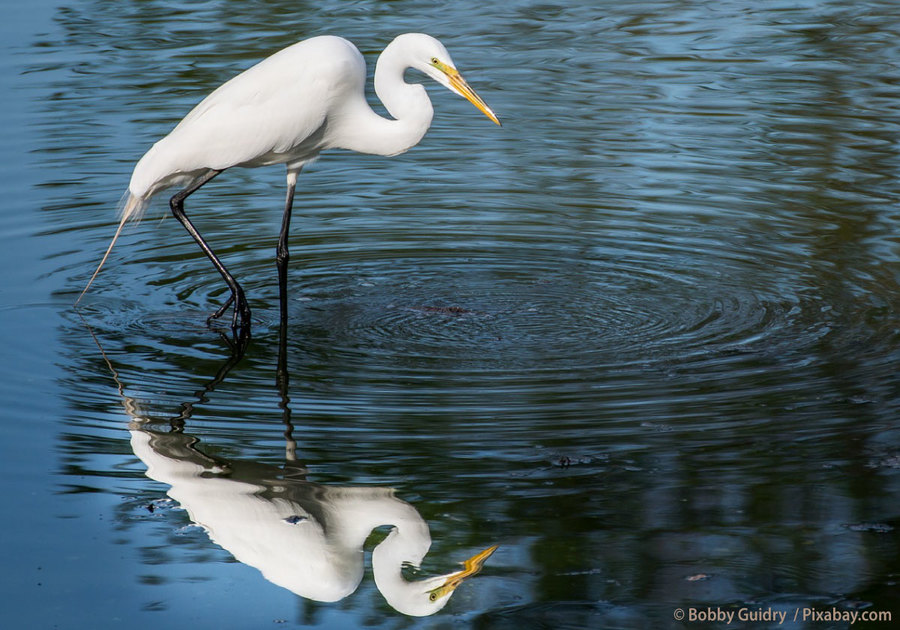A popular digital educational resource is now even easier to navigate and use for school projects, research and armchair exploration with the redesign and relaunch of the Indian River Lagoon Species Inventory.
The new portal is available at http://irlspecies.org.
The free, comprehensive virtual atlas features life and habitat information for thousands of plants and animals, searchable by common or scientific name. Photos and exhaustive references make the portal suitable for the most rigorous academic research.
“The inventory is an especially valuable tool for student research projects, even for younger students,” said Dr. Holly Sweat, marine ecologist at the Smithsonian Marine Station.
First launched in 1999 to highlight the biodiversity of the lagoon, the Indian River Lagoon Species Inventory was developed in partnership between the Smithsonian Marine Station and the Indian River Lagoon National Estuary Program (IRLNEP). The inventory is undergoing a five-year renovation and expansion, and more features and data will be added over the next several years.
“The species inventory is the only region-specific online resource available for those who want an in-depth look at the lagoon’s diverse species and habitats,” said Kathy Hill, deputy director of IRLNEP.
Located on Hutchinson Island, the Smithsonian Marine Station is a part of the Smithsonian’s National Museum of Natural History in Washington, D.C. Its resident and visiting scientists conduct research throughout the IRL, Florida and the Caribbean. The adjacent St. Lucie County Aquarium, featuring the Smithsonian Marine Ecosystems Exhibit, is open Tuesday through Saturday from 10:00 AM to 4:00 PM, and Sundays from noon to 4:00 PM.
The IRLNEP is part of a national network of 28 estuary programs established under the Federal Clean Water Act and administered nationally by the United States Environmental Protection Agency. An updated Comprehensive Conservation and Management Plan for the lagoon was published in 2019.



